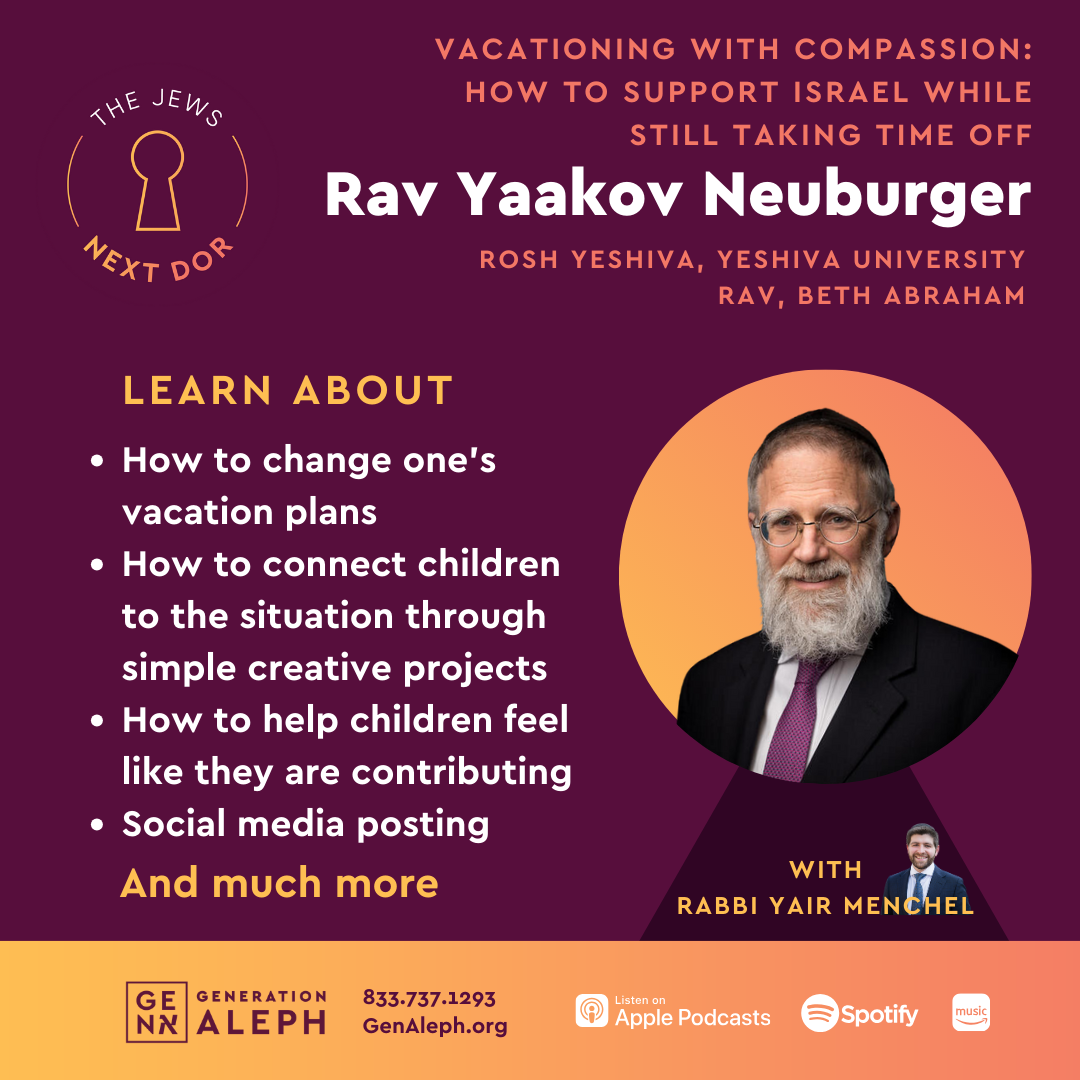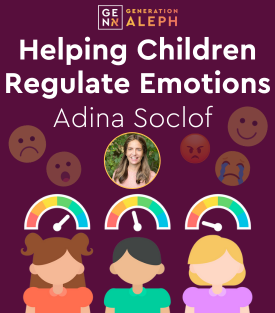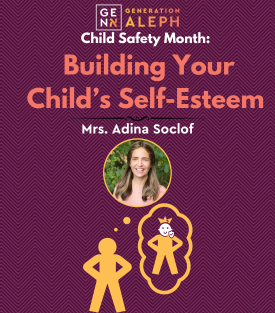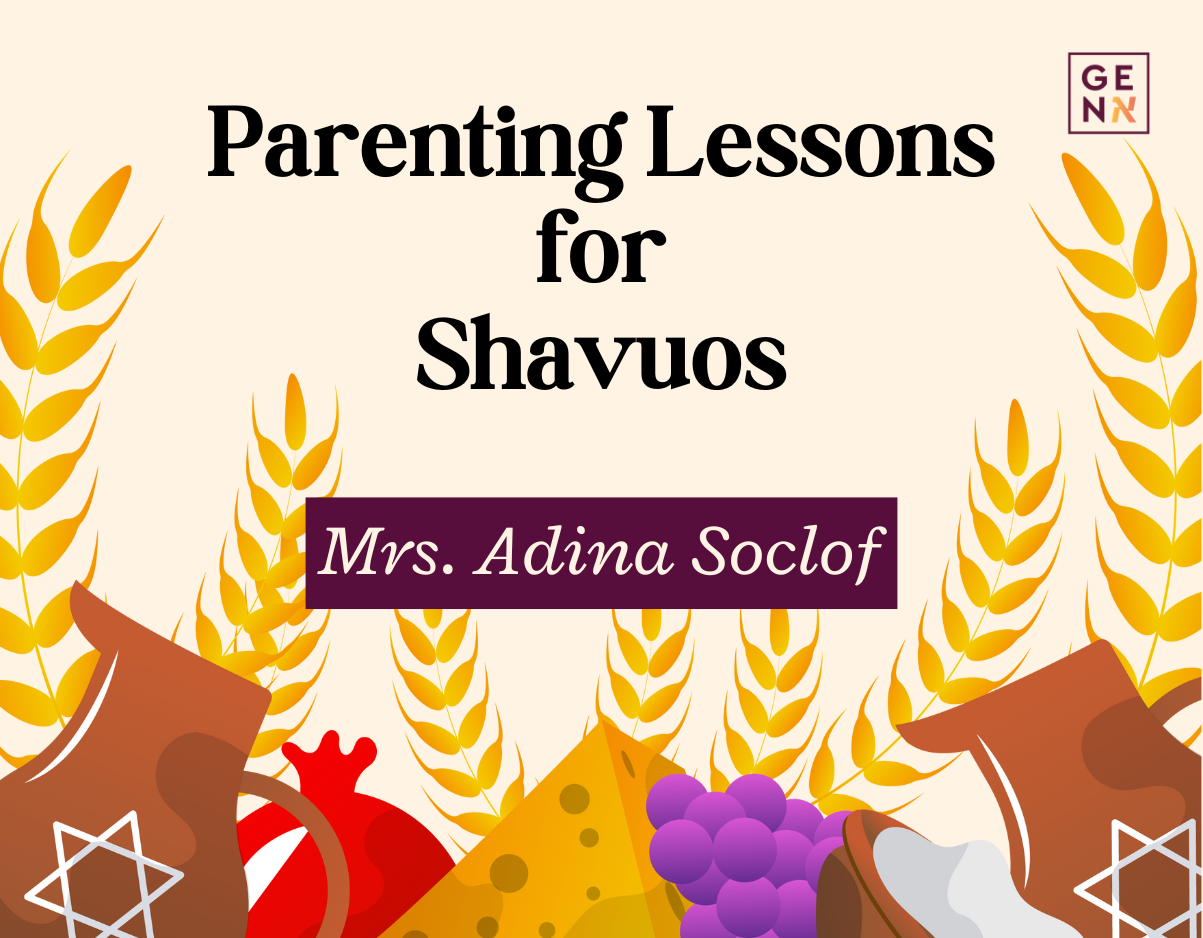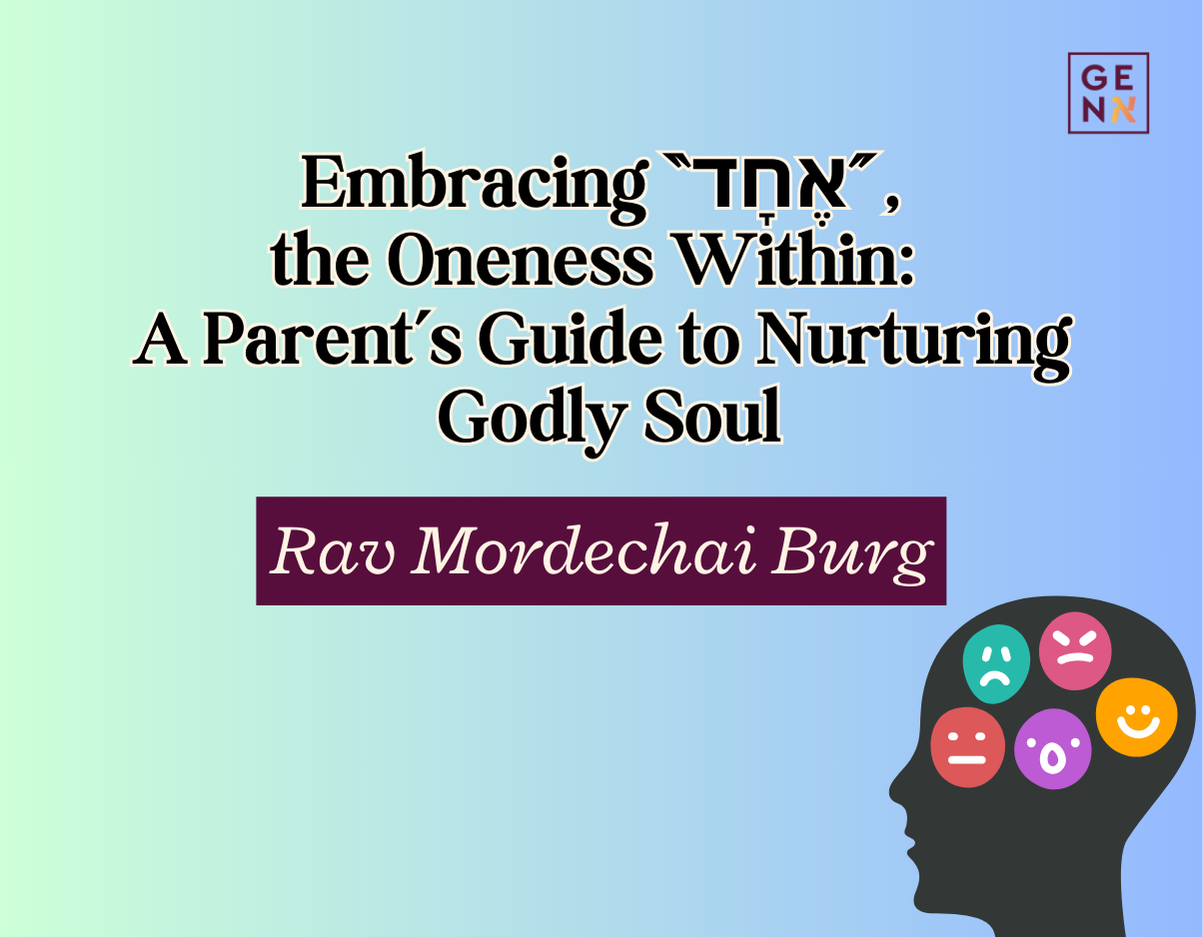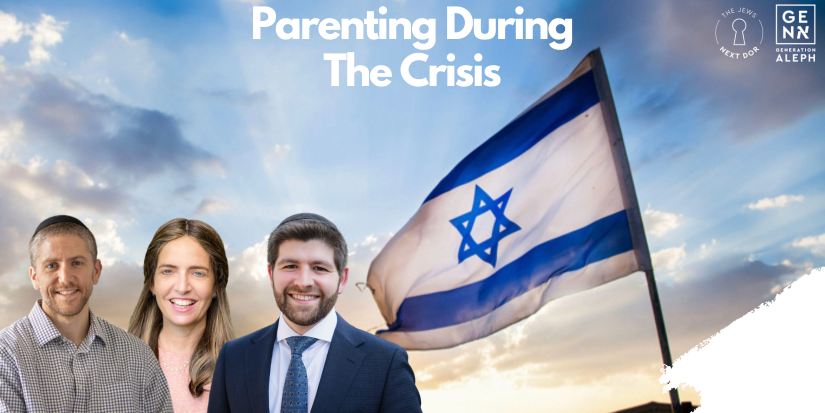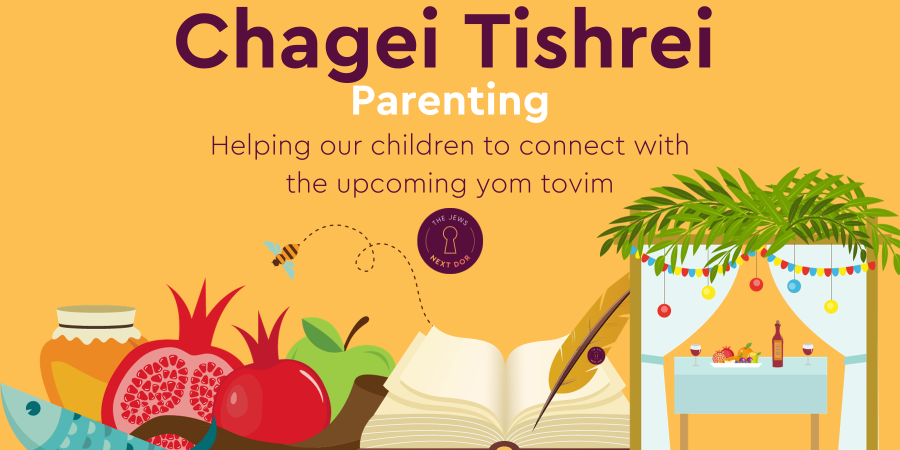Every year, we commemorate our storied and difficult past with the Three Weeks, a period of tiered mourning. We start with lighter restrictions – no music and no haircuts – and conclude with Tisha B’Av, the 9th day of the Jewish month of Av, where the rules of mourning are in full-force – sitting on the floor and restricted from eating.
But there is a built-in challenge to this period of time of mourning. Of course, intellectually and academically, we know that the destruction of the Beis HaMikdash, the Jewish Temple in Jerusalem, has no equivalent. And it wasn’t only one temple – it was both. As we sit on the floor on Tisha B’Av and read Kinos, poems and liturgy about the devastation and other episodes that are straight out of a horror movie, we often struggle to evoke, to emote. It’s not a criticism, per se. It is just a reality – it is very difficult to relate to tragedies when they are so far back in history.
This, to me, is compounded by the fact that we go through this every year with that same challenge of struggling to connect. Every year, we sit on the floor and read the same Kinos. I’ve definitely built a habit of going through the motions, without deeply connecting to the pain and realities that happened over the millenia.
There are those people out there who are deeply connected to Jerusalem and to our past, and the tears flow on Tisha B’Av. Shockingly, I’ve heard others accuse those who are crying for their crocodile tears. Of all of the times on the Jewish calendar, this is not the time to judge others, especially when their act is in line with Jewish thought and Jewish law. That said, if we are honest about it, those individuals who are deeply connected to these aspects of our past are few and far between. For many of us, maybe even most of us, and certainly for me, we navigate the Three Weeks and Tisha B’Av with rote, following the laws carefully, but struggling to connect emotionally to the realities of the day.
And as always, our children are watching. They are always watching. This is, of course, the double-edged sword of parenting – our good habits and bad ones are visible to our children and they typically absorb our behaviors as they see them.
So what do we do in a case like this:
- We are commemorating loss and pain from the past, yet we struggle to be deeply connected to that loss and pain.
- Had we lived in those times, our tears would have dried up from all of the misery, yet I rarely get emotional on Tisha B’Av.
- And our children are watching.
So here are a few tried-and-true recommendations for us to consider as we approach Tisha B’Av:
- Have conversations at the table with your children about what it must have been like when there was a Beis HaMikdash. Visualizing is a very powerful tool for deepening something where we don’t feel connected.
- What did the temple look like before it was destroyed? What do you think the culture was like? Could you imagine that when we do something wrong in Jewish law, we would take an animal out of the pen, and bring it to the temple to be sacrificed as part of our atonement? Can you imagine what Yom Kippur must have looked like with the Kohen Gadol? Can you feel the closeness they must have felt during a time in history when there were prophets? And there were open miracles every single day in the temple! The world was a different place! And what would the destruction of the temple look like. The burning, the fire… the smell.
This approach needs a degree of care since anxiety is common in our culture, and this is meant to be education and not fear-inducing. So you have to know your child’s capacity as you develop these questions.
- Ask your children what they learned in school. Ask them if they would have been sad if this happened in our times.
- Create an association between difficulties of today and difficulties of yesteryear. You can ask your child, “Remember how difficult situation ABC was? This was WAY more difficult than that.”
- Lastly, and this will probably have the longest impact on us and on our children, we need to be familiar with our own Jewish history. It doesn’t mean we need to ready every book under the sun. But we do need to have a real sense of what was happening at that time in our history, the stories of the Gemara and Midrashim.The more we know, the more we think about it.
These are but a handful of approaches to model the Three Weeks and how we as parents mourn. It is in fact a difficult past. It is a painful past. And it is a past that we need to highlight every year to ensure that our future is brighter.
May the Beis HaMikdash be rebuilt speedily in our days.
Submit your questions
"*" indicates required fields

